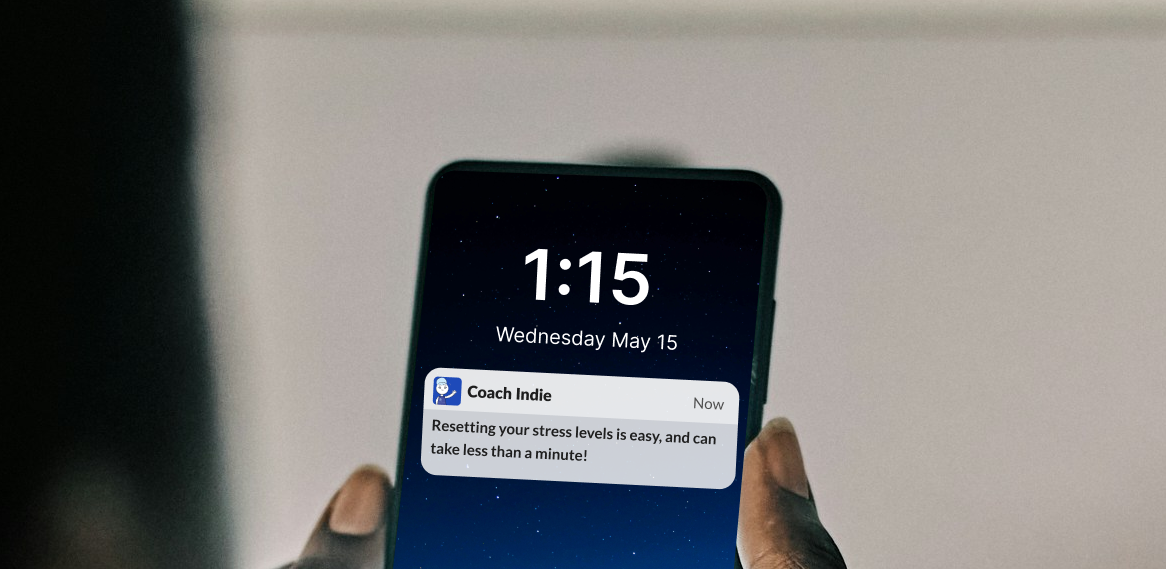But what is Quiet Quitting?
Quiet quitting is when people do only what is outlined in their job description and do not go above and beyond. It presents similarly to disengagement or presenteeism and can be equally damaging.
Given that roles these days require going above and beyond to engage, collaborate, and innovate and that it is impossible to capture everything needed in a job description, this presents a challenge.
As a leader, you must ask yourself: Have you created a workplace where the status quo requires your people to regularly perform extra, unpaid tasks outside their job description? Even if it wasn't intentional, is that how your team works?
Because if it does, you're putting your workplace at a high risk of "quietly quitting".
Keep reading for the warning signs that you're asking too much of your people.
How do you know if your people are disengaged or quietly quitting?
Given that it's quiet, it is unlikely that someone will march up and tell you they are quietly quitting. Behaviour is the best way to see where you can better engage and support people.
Ask yourself these questions:
- Are you asking people to do more consistently?
- Is your team regularly commenting on the amount of work they have?
- Are you noticing that those who once volunteered to do more have stopped?
- Is there a lot of late work or weekend work happening?
"I can see people are working hard, but they just aren't meeting their deadlines, and I'm not sure why." - Pioneera Customer.
This is one of the main reasons one of our customers decided to bring our AI bot Indie on board to identify the symptoms of stress and burnout in their communication channels. Indie is effective because people are more likely to display signs of stress over time in changes in their communication than come right out and say they are unhappy!
If you've identified that Quiet Quitting is a potential issue, here's what you can do:
The first step is to create an environment where you can talk with people about their workload, teamwork and your organisation's culture.
Regularly showing that you care by asking open and supportive questions is a great start. It can be as easy as asking your people these questions:
- Can I help you with your job?
- Do you feel like you're set up to succeed?
- Are there tasks we could remove from your plate?
- Do you have the resources you need to do your job?
- Are there parts of your job you'd love the time to do more of?
- Are there parts of your job you'd like to do less of?
Prevention and ongoing communication are always going to be better than cure!
Quiet quitting is likely a result of employers asking more and more of their employees over time and people feeling like they are being taken advantage of. The pandemic's change to the workplace has contributed to this increase in sentiment. The "always online" culture of hybrid and remote working has made more employees feel tired and burned out.
Leadership and culture are critical. Care is a fantastic way to engage and connect with people; we know Australian leaders can improve in this area, and you can download the latest Leaders Lab report on the state of the Australian workforce here.
Creating a supportive, psychologically safe workplace creates a high-performance culture where people can ask for help, creating engaged, productive, high-performing people. Allowing people to co-design their roles, contribute to the workplace and work flexibility are great ways to prevent quiet quitting. Check out other options here.






